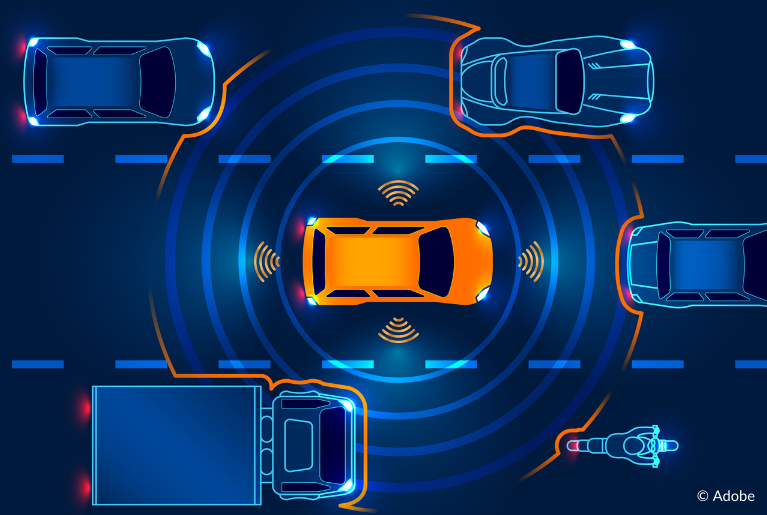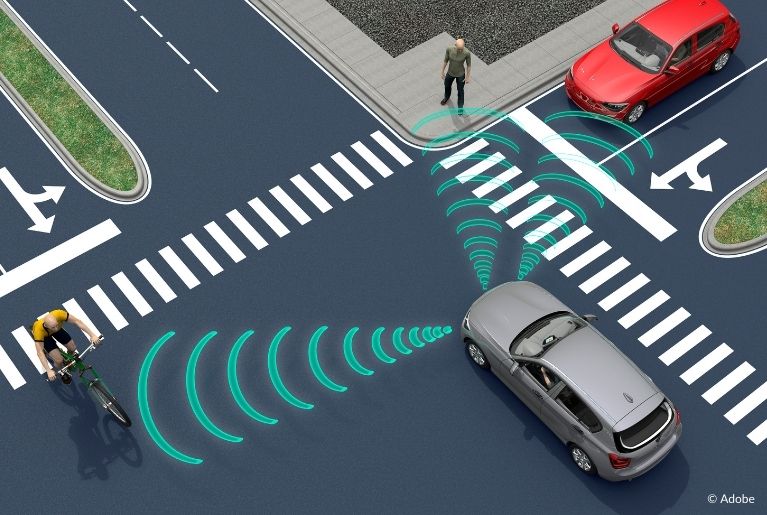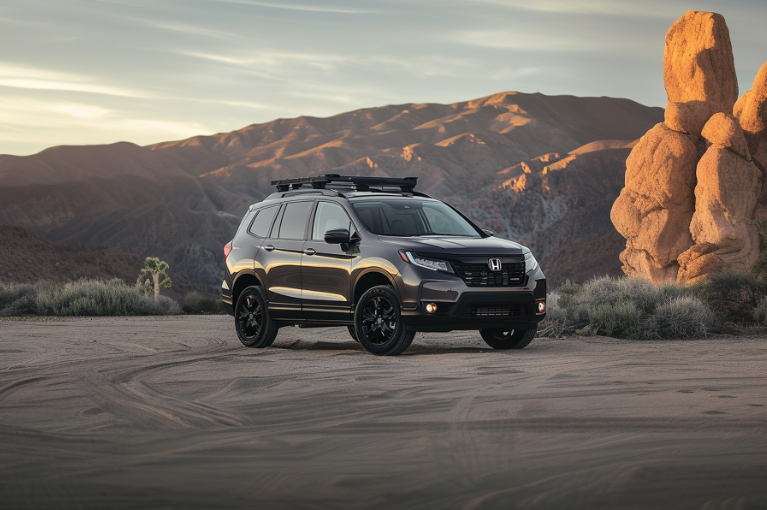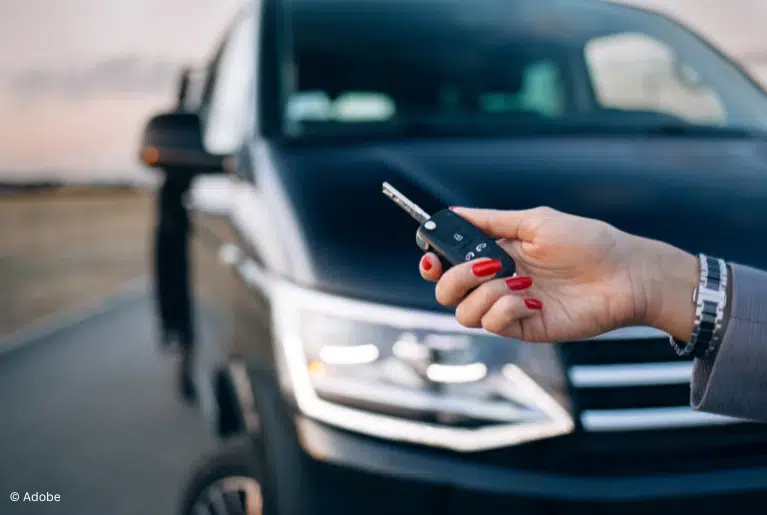
Specifically, these lawsuits target Honda models equipped with Honda Sensing, a collection of safety and driver assistive technologies designed to prevent accidents and minimize the effects of car crashes. These technologies include Collision Mitigation Braking System (CMBS), Road Departure Mitigation System (RDM), Adaptive Cruise Control (ACC) with Low-Speed Follow, and Lane Keeping Assist System (LKAS).
One class action suit, Cadena v. Honda, alleges that these systems cause defects in the following vehicles:
- 2017–2018 Honda CR-V EX
- 2017–2018 Honda CR-V EX-L
- 2017–2018 Honda CR-V Touring
The lawsuit alleges that the defects in the Honda Sensing system – in particular, the Collision Mitigation Braking System – causes frequent problems. Drivers may see several warning messages on the dashboard, indicating problems with the Honda Sensing system.
When the ACC is set, the vehicles allegedly fluctuate their highway speed without warning.
Defects associated with the Collision Mitigation Braking System include false alarms about nonexistent obstacles and application of brakes when there is no obstacle present.
Other Honda Sensing technologies allegedly give false alarms about driving beyond road lane markings and steer the vehicles outside of their appropriate lanes.
Citing a “Job’s Aid” document that Honda issued to its dealers, the lawsuit alleges that various environmental and roadway conditions could affect the effectiveness of the Honda Sensing system. The conditions include the following:
- Rain, fog, snow and other types of bad weather
- Sudden changes in light, such as entering or exiting a dark tunnel
- Low contrast between objects and the background
- Low sunlight, such as dawn or dusk
- Strong light reflected on the roadway
- Driving in shadows cast by trees, buildings and other tall objects
- Driving at night, or in dark places, such as tunnels
- Roadway objects or structures that are misinterpreted as cars, trucks, SUVs, or pedestrians
- Reflections on the interior of the windshield
- Driving on curvy, winding or undulating roads (roads that go up and down, like rolling hills)
- Hilly roads or crests of hills
- Snow or wet roadways – lane markings are hidden, vehicle tracks may be left behind, and issues with reflected lights, road spray or high contrast may arise
This is neither the only class action lawsuit against Honda related to this defect, nor the only lawsuit alleging problems in any one automaker’s emergency braking system.
If you have a Honda vehicle equipped with the Honda Sensing suite, you may be part of at least one of several class actions filed against Honda. If you are automatically included in these lawsuits, you may need to opt out before certain deadlines in order to retain your right to pursue an individual lemon law case.
If you have any questions regarding your Honda vehicle and California Lemon Law rights, fill out our consultation form below or call us at 877-217-7676. You do not want to pursue a lemon law claim alone. Our California lemon law attorneys are equipped to help you throughout this legal process.
Lemon Law Help by Knight Law Group is an automotive lemon law firm that exclusively practices in California. If you are a California resident who purchased or leased a defective vehicle from a licensed dealership in California, we may be able to help you get rid of your potential lemon and recover significant cash compensation. Model year restrictions apply: 2020–Present vehicle models only.
However, we cannot help those who reside outside of California or purchased their vehicle outside of California unless they are active duty members of the Armed Forces, nor will we be able to refer those to a lemon law firm in their states.
To learn more about the California Lemon Law and your legal rights, visit our guide on the California Lemon Law for more information.






